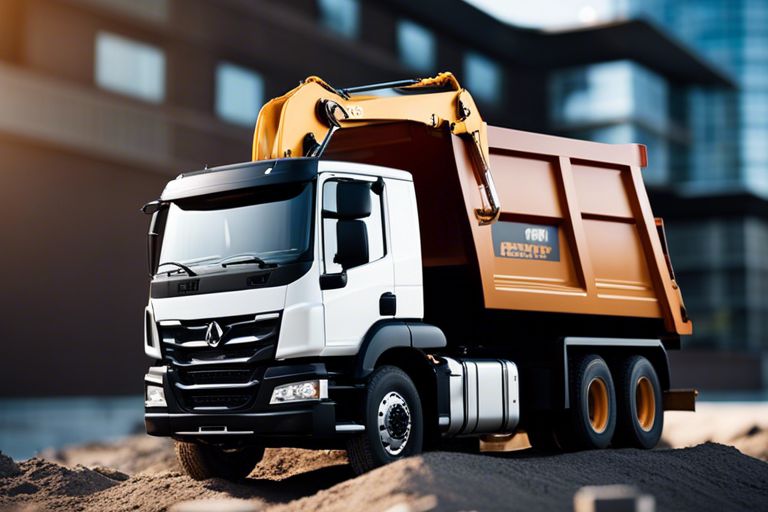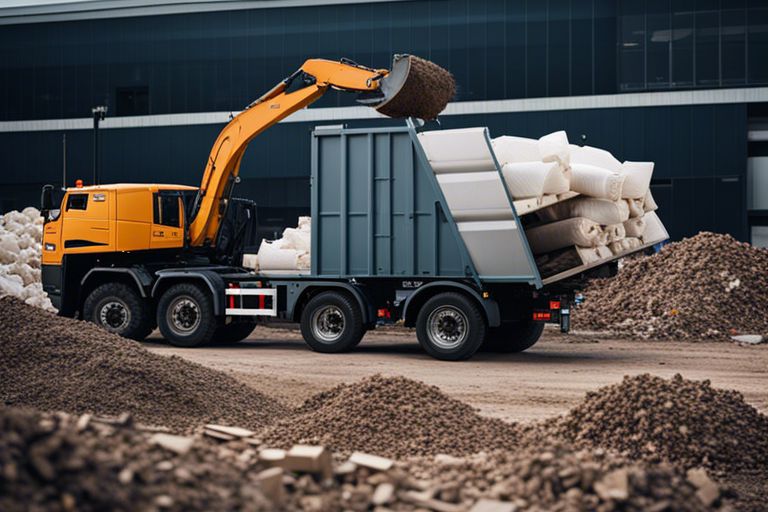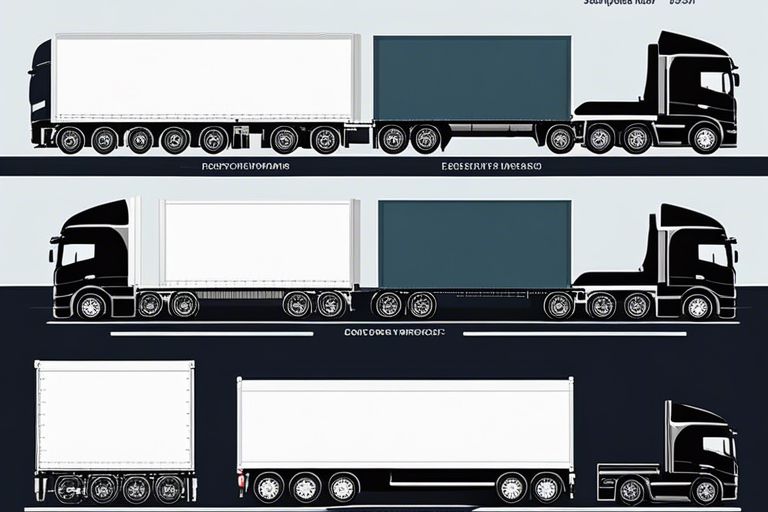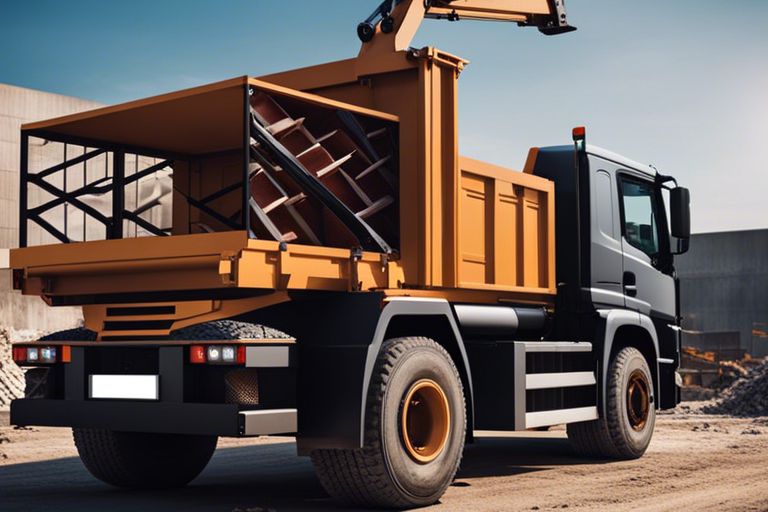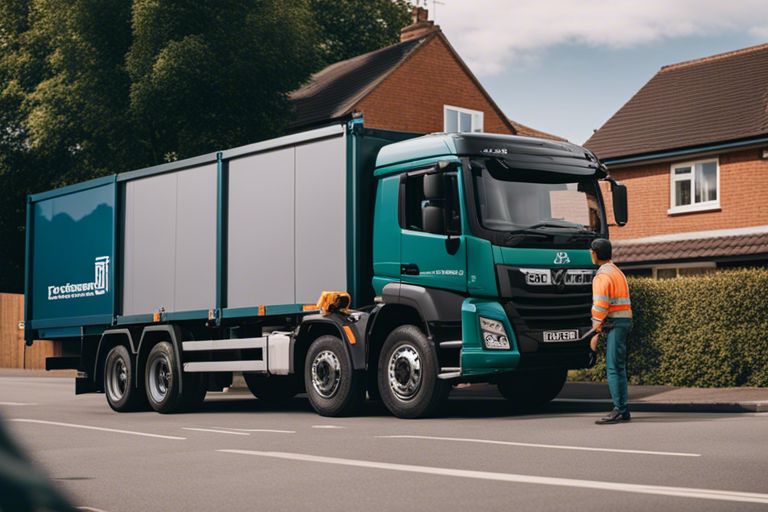Just like different types of trucks fall under specific classifications, understanding the dimensions of an 18 tonne lorry is vital for fleet managers. Knowing the exact measurements can help in planning routes, loading cargo efficiently, and ensuring compliance with regulations. For a detailed guide on truck classifications, check out the Essential Guide to Truck Classification (Classes 1-9) that can further enhance your knowledge in this area.

Key Takeaways:
- Dimensions: Understanding the dimensions of an 18 tonne lorry is crucial for fleet managers to ensure compliance with regulations and efficient logistics planning.
- Load Capacity: Being aware of the load capacity of an 18 tonne lorry can help fleet managers maximise efficiency and reduce costs by optimising payload.
- Manoeuvrability: Considering the manoeuvrability of an 18 tonne lorry is crucial for fleet managers to assess accessibility to different locations and ensure safe operations on various routes.
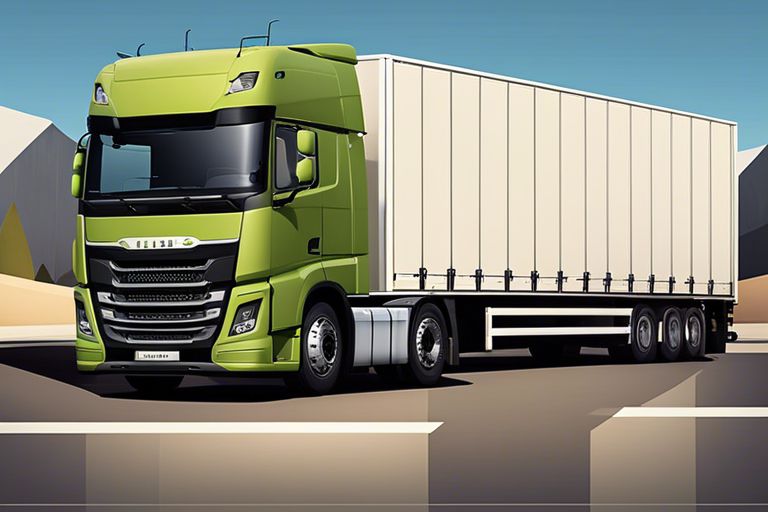
Essential Dimensions of an 18 Tonne Lorry
Clearly, for fleet managers overseeing the operations of 18 tonne lorries, understanding the crucial dimensions of these vehicles is crucial. Ensuring compliance with regulations is paramount to safe and efficient transportation. For comprehensive information on truck size and weight limits, refer to the Comprehensive Truck Size and Weight Limits Study – Volume…
Overall Length, Width, and Height
Lorry dimensions for an 18 tonne vehicle typically range from 8.5 to 10 metres in length, 2.5 to 2.6 metres in width, and 3.4 to 4 metres in height. Understanding and adhering to these dimensions is vital to ensure that the lorry can navigate roads safely and fit within loading and unloading bays without issues.
Internal Cargo Space Dimensional Standards
Width is a critical factor when considering the internal cargo space of an 18 tonne lorry. Standard internal dimensions typically range from 2.4 to 2.5 metres in width, allowing for efficient loading and unloading of pallets and goods. Maintaining these standards ensures that the lorry can accommodate various types of cargo effectively.
Height is another important consideration for the internal cargo space of an 18 tonne lorry. The internal height of these vehicles usually ranges from 2.2 to 2.3 metres, providing ample space for stacking goods vertically. This dimension is crucial for maximising the lorry’s capacity while ensuring that cargo remains secure during transportation.
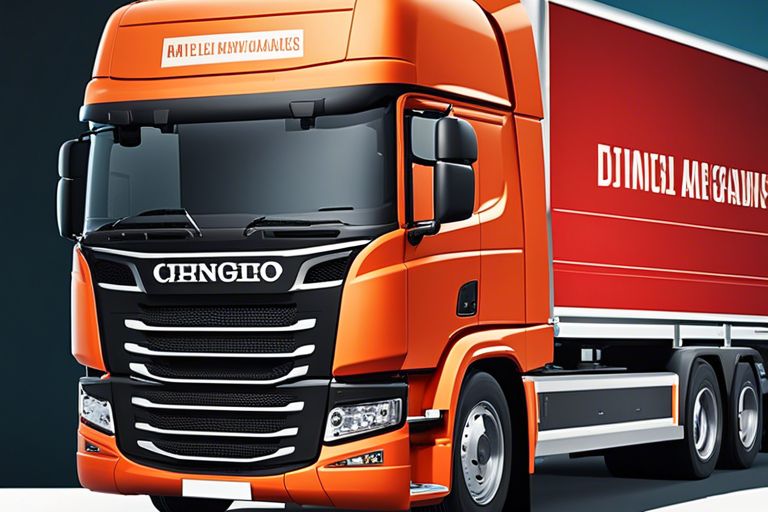
Legal Regulations and Restrictions
National Road Regulations for Lorry Dimensions
With regards to national road regulations for lorry dimensions in the UK, it is vital for fleet managers to adhere to the guidelines outlined by the Department for Transport. This includes restrictions on the maximum length, width, and height of lorries allowed on UK roads. Failure to comply with these regulations can result in fines and penalties, as well as pose safety risks to other road users.
International Standards and Restrictions
Lorry dimensions are not only regulated at a national level but also at an international level to ensure consistency and safety across borders. International standards, such as those set by the EU and other governing bodies, dictate the maximum dimensions for lorries travelling between countries. Additionally, there are restrictions in place for certain routes, bridges, and tunnels to prevent oversized lorries from causing damage and disruptions.
Regulations play a crucial role in maintaining order and safety on the roads, both nationally and internationally. Fleet managers must stay informed and compliant with these regulations to ensure the smooth operation of their lorries and protect the well-being of all road users.
Operational Considerations for Fleet Managers
Navigating Urban and Rural Infrastructure
To ensure smooth operations of 18-tonne lorries, fleet managers must consider the challenges of both urban and rural infrastructure. Urban areas present narrow streets, low bridges, and restricted access points, necessitating meticulous route planning. On the other hand, rural routes may have weight restrictions, sharp bends, and uneven road surfaces that require careful navigation. Understanding the specific requirements of each environment is crucial to minimising delays and ensuring timely deliveries.
Maximizing Load Efficiency and Safety
Load efficiency and safety are paramount concerns for fleet managers overseeing 18-tonne lorries. By optimising load distribution, managers can increase efficiency, reduce fuel consumption, and minimise wear and tear on vehicles. Additionally, ensuring that loads are properly secured within the vehicle is vital to prevent shifting during transit, which could endanger both the driver and other road users. Regular training for drivers on proper loading procedures is crucial to maintain safety standards and compliance with regulations.
Understanding Load Efficiency and Safety: Fleet managers should be familiar with the specific weight distribution requirements for 18-tonne lorries to maximise efficiency and safety. By adhering to these guidelines, managers can improve fuel economy, reduce maintenance costs, and enhance overall operational performance.
Additional Equipment and Modifiers
Tail Lifts and Their Impact on Dimensions
To ensure efficient loading and unloading of goods, many 18-tonne lorries come equipped with tail lifts. These lifts can impact the overall dimensions of the vehicle, especially when in the raised position. Fleet managers need to consider the additional space required when specifying the dimensions of a lorry with a tail lift.
Custom Modifications Impacting Size and Capacity
Custom modifications, such as adding extra storage compartments or altering the internal layout of the lorry, can significantly impact both the size and capacity of the vehicle. Fleet managers must carefully assess the implications of these modifications on the overall efficiency and functionality of the lorry.
Impacting the size and capacity of the lorry can also affect the legal requirements and regulations that the vehicle must adhere to. It is vital for fleet managers to consult with relevant authorities and ensure that any custom modifications comply with safety standards and regulations to maintain the lorry’s roadworthiness.
Conclusion
With these considerations, fleet managers can make informed decisions regarding the use of 18-tonne lorries. Understanding the dimensions, weight limits, and manoeuvrability of these vehicles is crucial for efficient fleet management. To probe deeper into this topic, fleet managers can refer to the Handbook PO-701 – Fleet Management at Handbook PO-701 – Fleet Management. By grasping the intricacies of 18-tonne lorry operations, managers can enhance safety, efficiency, and compliance within their fleets.
FAQ
Q: What is the standard length of an 18-tonne lorry?
A: The standard length of an 18-tonne lorry is approximately 10 metres (32.8 feet), making it suitable for transporting medium to large loads.
Q: What is the maximum width of an 18-tonne lorry?
A: The maximum width of an 18-tonne lorry is typically around 2.5 metres (8.2 feet), allowing for safe and efficient navigation on roads and highways.
Q: What is the height restriction for an 18-tonne lorry?
A: The height restriction for an 18-tonne lorry is usually around 4 metres (13.1 feet), ensuring that it can pass under bridges and other clearance barriers.
Q: What is the maximum payload capacity of an 18-tonne lorry?
A: The maximum payload capacity of an 18-tonne lorry is approximately 18,000 kilograms (39,683 pounds), making it ideal for transporting heavy goods and materials.
Q: Are there any weight restrictions for an 18-tonne lorry?
A: Yes, there are weight restrictions for an 18-tonne lorry, including axle weight limits to ensure safe operation on roads and highways.
Q: What type of goods is an 18-tonne lorry suitable for transporting?
A: An 18-tonne lorry is suitable for transporting a wide range of goods, including palletised loads, machinery, construction materials, and other bulk items.
Q: Do 18-tonne lorries require any special licenses to operate?
A: Yes, drivers of 18-tonne lorries usually require a Category C driving licence, along with additional training and certification depending on the specific requirements of the fleet and the goods being transported.

